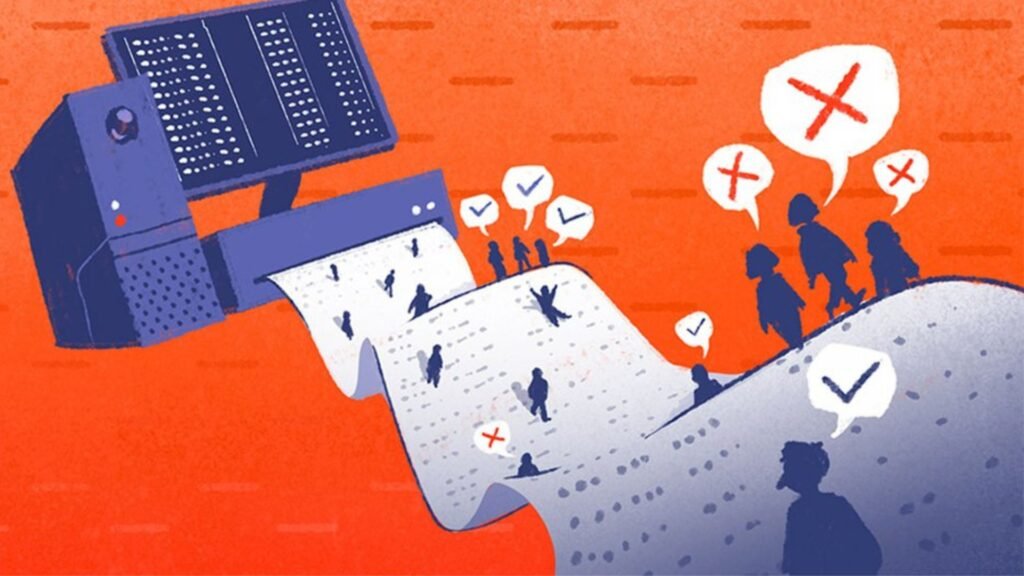Understanding political polls can be quite challenging, but it’s crucial for anyone interested in politics and public opinion. Polls play a significant role in shaping political strategies, influencing media coverage, and reflecting the mood of the electorate. In this guide, we’ll break down the essentials of political polls to help you grasp their importance and how to interpret them accurately.
What Are Political Polls?
Understanding political polls starts with knowing what they are. Political polls are surveys conducted to gauge public opinion on various issues, candidates, or policies. They are designed to capture a snapshot of what a group of people thinks at a particular time. Polls help politicians, media, and researchers understand public sentiment and make informed decisions.

How Are Political Polls Conducted?
To truly grasp understanding political polls, it’s essential to know the methodology behind them. Polls are usually conducted using various methods such as telephone interviews, online surveys, or face-to-face interactions. Each method has its advantages and limitations. For example, telephone polls can reach a wide audience, but online surveys might be more cost-effective. The key is ensuring that the sample of respondents is representative of the larger population.
The Importance of Sample Size and Representativeness
When understanding political polls, sample size and representativeness are crucial. A poll’s accuracy largely depends on how well the sample represents the broader population. A larger sample size generally provides more reliable results, but it’s equally important that the sample is diverse and reflects the demographic makeup of the population. Pollsters use techniques like random sampling to ensure that every individual has an equal chance of being selected.
Interpreting Poll Results
Understanding political polls involves interpreting the results correctly. Poll results are typically presented as percentages, showing the proportion of respondents who support a particular candidate or opinion. It’s important to look beyond the headline numbers and consider the margin of error, which indicates the range within which the true value likely falls. A small margin of error means the results are more reliable, while a larger margin suggests less certainty.
Understanding Poll Bias
Bias is a critical factor in understanding political polls. Polls can be influenced by various forms of bias, including selection bias, where certain groups are overrepresented or underrepresented. Additionally, question wording can affect responses. For instance, leading questions can skew results. It’s important to consider these biases when interpreting poll data and to look for polls conducted by reputable organizations with rigorous methodologies.
The Role of Timing in Polls
Timing is a key element in understanding political polls. Poll results can vary significantly depending on when they are conducted. Polls taken right after a major event, such as a debate or scandal, might reflect a temporary shift in public opinion. Therefore, it’s essential to consider the timing of a poll and how current events might influence the results.
Poll Trends vs. Snapshot
When understanding political polls, it’s useful to compare trends over time rather than focusing on a single poll. Trends provide a clearer picture of how public opinion is shifting and can indicate whether a candidate or issue is gaining or losing support. Single polls can be misleading, so looking at a series of polls can offer a more accurate view of the political landscape.
How Polls Influence Politics
Understanding political polls also involves recognizing their impact on politics. Polls can influence campaign strategies, media coverage, and public perception. Politicians often use poll data to tailor their messages and target specific voter groups. Media outlets may highlight poll results to attract viewers or readers, shaping the narrative around political events.
Common Misconceptions About Polls
There are several misconceptions about understanding political polls. One common myth is that polls always predict outcomes accurately. While they provide valuable insights, they are not infallible and can sometimes be off the mark. Another misconception is that a single poll can determine the overall opinion; it’s essential to look at multiple sources to get a well-rounded view.
Conclusion
In conclusion, understanding political polls involves grasping their methods, interpreting results accurately, and recognizing their limitations. By knowing how polls are conducted, how to interpret their findings, and their impact on politics, you can make more informed judgments about public opinion and political trends. Remember, while polls are a powerful tool, they are just one piece of the puzzle in understanding the complex world of politics.